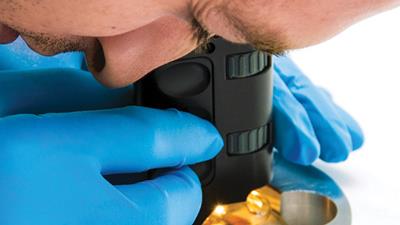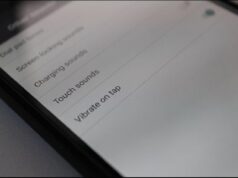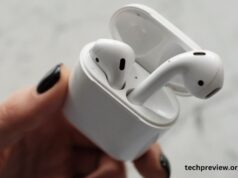Students ought to write a tremendous variety of assignments. One of the most captivating is a scientific laboratory report. It’s a very interesting task because students should conduct some experiments to achieve a certain outcome. Of course, this task is likewise complicated and many students fail it. Oftentimes, they make mistakes without recognizing them. Accordingly, academic experts from AdvancedWriters – lab report writing service suggest learning 7 common mistakes you should avoid while writing your science lab reports.
Use of Unnecessary Information
One of the greatest mistakes of any researcher is to use irrelevant data. Oftentimes, students add information that doesn’t tell much about the purpose and results of the experiment. Sometimes, they even mention facts that have no relation with the main purpose of the scientific lab report. You should use only impactful data that fully answers the main question of your project.
Leading a Discussion and Analyzing Outcomes Simultaneously
You should never analyze the outcomes of your research and discuss them in the same section. These are different issues and you should review them separately. When you structure your outline, add two different sections. These are the analysis of the outcomes and interpretation or simply discussion.
When a researcher combines these sections, it becomes difficult to define where one section ends and the other begins. You should describe the outcomes but without drawing any conclusions. Just provide pure facts. A discussion section makes an interpretation of your outcomes.
A Lack of the Analysis of the Experimental Error
If you’ve made an error during the experiment, mention it! Many students are ashamed to make some mistakes and thus, they hide the outcomes. Nonetheless, your teachers or professors want to know how you’ve made that. You should understand that an experienced person is able to realize the way you thought and why you’ve allowed the failure. He or she will be able to explain your fault and tell how to avoid it.
Altering Your Answers after Comparison with other Reports
Many students tend to swiftly alter their opinion due to the influence of other people. After students accomplish their science laboratory reports, they share their results with one another. Some of them decide to rewrite their answers because they think that they were wrong. In fact, you may not be 100% sure that other students succeeded better than you. Many times it turned out that those who changed their opinion were right and the alteration of results brought them to ruin.
Use of Visuals Instead of Descriptions
It’s a huge mistake to replace detailed descriptions with some visuals, such as a table, image or diagram. Of course, if you add them you will make your lab report more vivid and captivating. Perhaps, your teacher will give you some additional grades. Notwithstanding, they may be used as a supplementary material but never as the main.
Visuals are helpful for people who are used to understand information with the help of their eyes. Nonetheless, a scientific lab report is a very precise assignment. You are obliged to provide a detailed description of the way you’ve conducted your research from the beginning to the end. Tell about the methods you’ve implemented. Explain why and how you did that. Even if you use a diagram or any other visual effect, it should be explained. Never skip descriptions or your project will not be clarified properly.
Constant Repetition
Some students tend to repeat the same data multiple times during the report. They do it because they don’t actually know what to write about. So, they stick to a few facts they understand and repeat them in different ways.
No Analysis of Unexpected Results
At times, we receive results that were unexpected or unwanted. This is the life and the nature of many experiments. Oftentimes, some mistakes during the experiment led to amazing discoveries. For example, the famous Viagra was discovered accidentally. Initially, it was created to treat some problems with blood pressure and the cardiovascular system.
You never know what anomaly or unwanted result may discover a new helpful property. Perhaps, some errors may give birth to some new original concepts. Even if you fail to achieve the initial goal, you may reach it in future research.
Possible Solutions
So, you are through with the first crucial step, which is to understand potential complications. The second step is to avoid them. We offer you a table that contains necessary measures to settle things correctly.
| Problems | Measures |
| Introduction of irrelevant facts | Use checked facts that are fully related to your research and provide the necessary responses. |
| Combination of the outcomes and discussions | Separate the description of the outcomes from their interpretation. |
| No analysis of experimental error | If you make any mistakes during the experiment, reveal them with the necessary details. |
| Changing the outcomes due to other influencers | Always stand your ground and never change your answers. |
| Replacement of descriptions with visuals | Always add descriptions to any issue you explain or analyze. |
| Constant repetition of the same facts | Don’t repeat the same facts. Focus on other important materials to disclose the topic. |
| No mentioning of unexpected and unwanted results | Always explain your findings in details regardless of the outcomes. The human factor is the trigger of progress and even your own mistakes may produce something useful. |
Try to memorize these solutions. They will help you to overcome multiple mistakes and thus, receive the highest grades. Always spot possible weak sides and fix what you can.

















